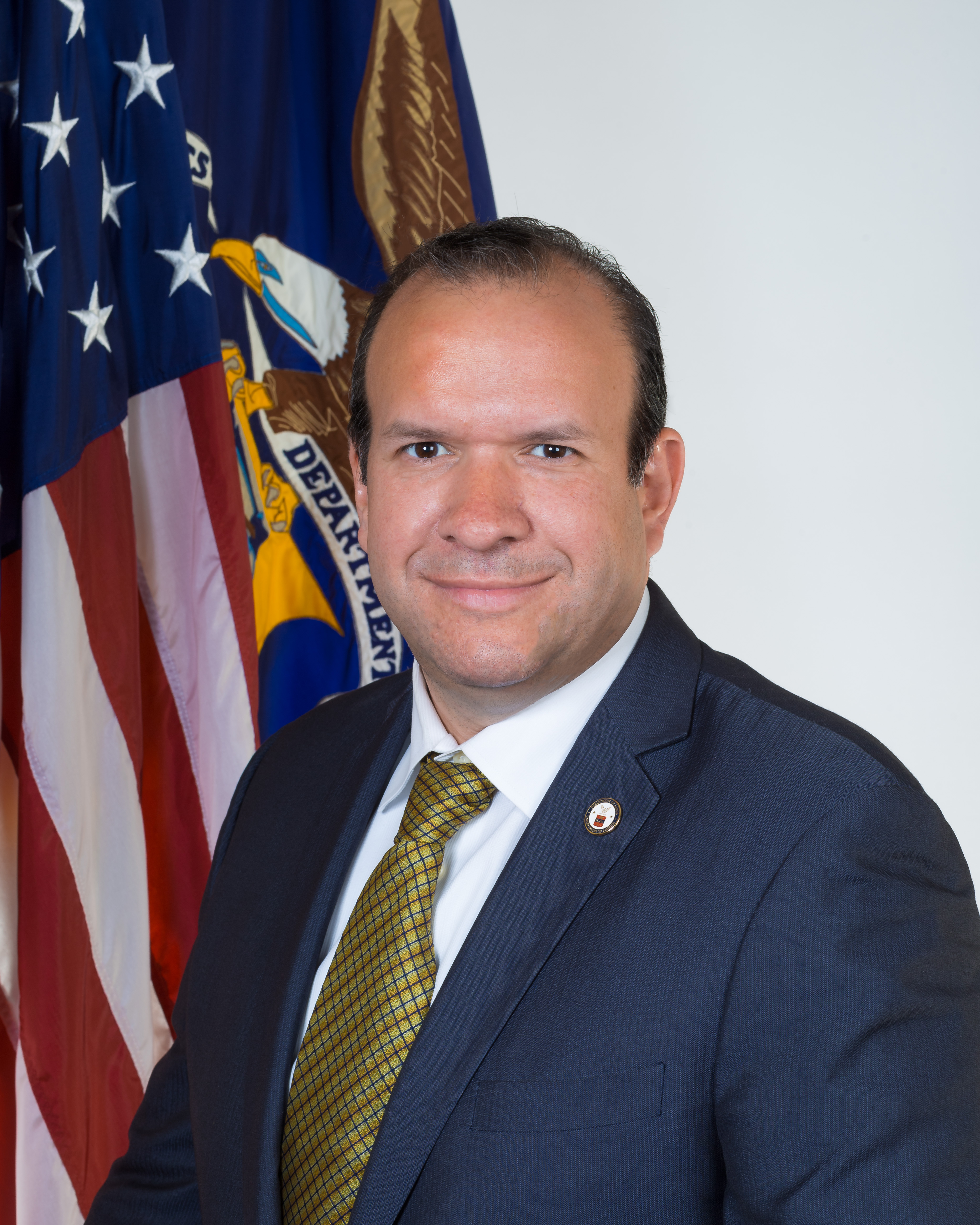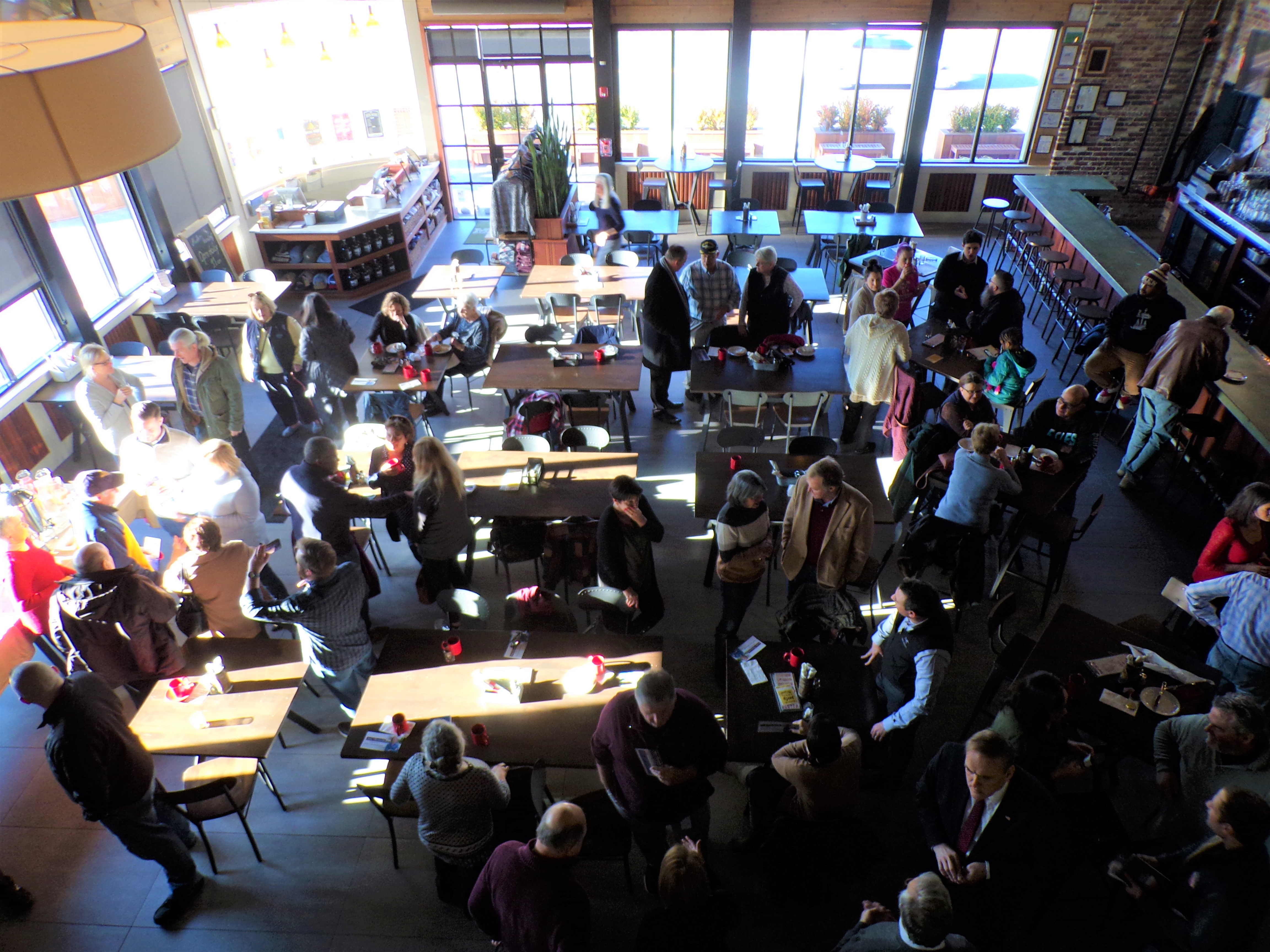South Brunswick is a township in Middlesex County, New Jersey, United States. As of the 2010 United States Census, the township’s population was 43,417, reflecting an increase of 5,683 (+15.1%) from the 37,734 counted in the 2000 Census, which had in turn increased by 11,942 (+46.3%) from the 25,792 counted in the 1990 Census.
South Brunswick was first mentioned in Freeholder minutes on February 28, 1778, as being formed from New Brunswick Township. It was formally incorporated as one of New Jersey’s initial group of 104 townships on February 21, 1798. Portions of the township have been taken to form Cranbury Township(as of March 7, 1872) and Plainsboro Township (on April 1, 1919).
CNNMoney.com ranked South Brunswick Township 22nd on its 2011 list of the “Best Places to Live”, featuring its picks of the best small towns in the United States.
In 2016, SafeWise named South Brunswick Township as the tenth-safest city in America to raise a child; the township was the third-highest ranked of the 12 communities in New Jersey included on the list.
South Brunswick Township was incorporated by an act of the New Jersey Legislature on February 21, 1798. In the 18th and 19th centuries, the community was primarily agricultural. The Straight Turnpike, now U.S. Route 1, was constructed in 1804. The township got its named from New Brunswick, which in turn was named after the city of Braunschweig (called Brunswick in the Low German language), in state of Lower Saxony, in Germany. Braunschweig was an influential and powerful city in the Hanseatic League, later in the Holy Roman Empire, and was an administrative seat for the Duchy (and later Principality) of Hanover. Shortly after the first settlement of New Brunswick in colonial New Jersey, George, Duke of Brunswick-Lüneburg, and Elector of Hanover, of the House of Hanover (also known as the House of Brunswick), became King George I of Great Britain (1660–1727). Alternatively, the city derived its name from King George II of Great Britain, the Duke of Brunswick-Lüneburg.
During the 20th century, South Brunswick saw extensive transformation with the impact of changes in transportation technology. The New Brunswick and Trenton Fast Line began operation in 1900, a trolley line running parallel to the Old Straight Turnpike of 1804 (Route 1), intersecting George’s Road just north of the Five Corners intersection in Dayton. This trolley provided daily passenger and freight service, stopping at a local crossroads. The New Jersey Turnpike opened in 1951, again roughly parallel to Route 1, on the eastern edge of the Township. One effect of the Turnpike opening up Interchange 8A (just outside the township) was the transformation of the agricultural area on the southeast corner of South Brunswick to that of a burgeoning industrial development. Significant portions of land between Route 130 and the turnpike consist largely of warehouses.
As of the 2010 United States Census, there were 43,417 people, 15,069 households, and 11,693.544 families residing in the township. The population density was 1,068.1 per square mile (412.4/km2). There were 15,708 housing units at an average density of 386.4 per square mile (149.2/km2). The racial makeup of the township was 52.08% (22,611) White, 7.71% (3,348) Black or African American, 0.17% (72) Native American, 35.91% (15,592) Asian, 0.02% (8) Pacific Islander, 1.52% (658) from other races, and 2.60% (1,128) from two or more races. Hispanic or Latino of any race were 6.04% (2,624) of the population.
Source: Wikipedia















